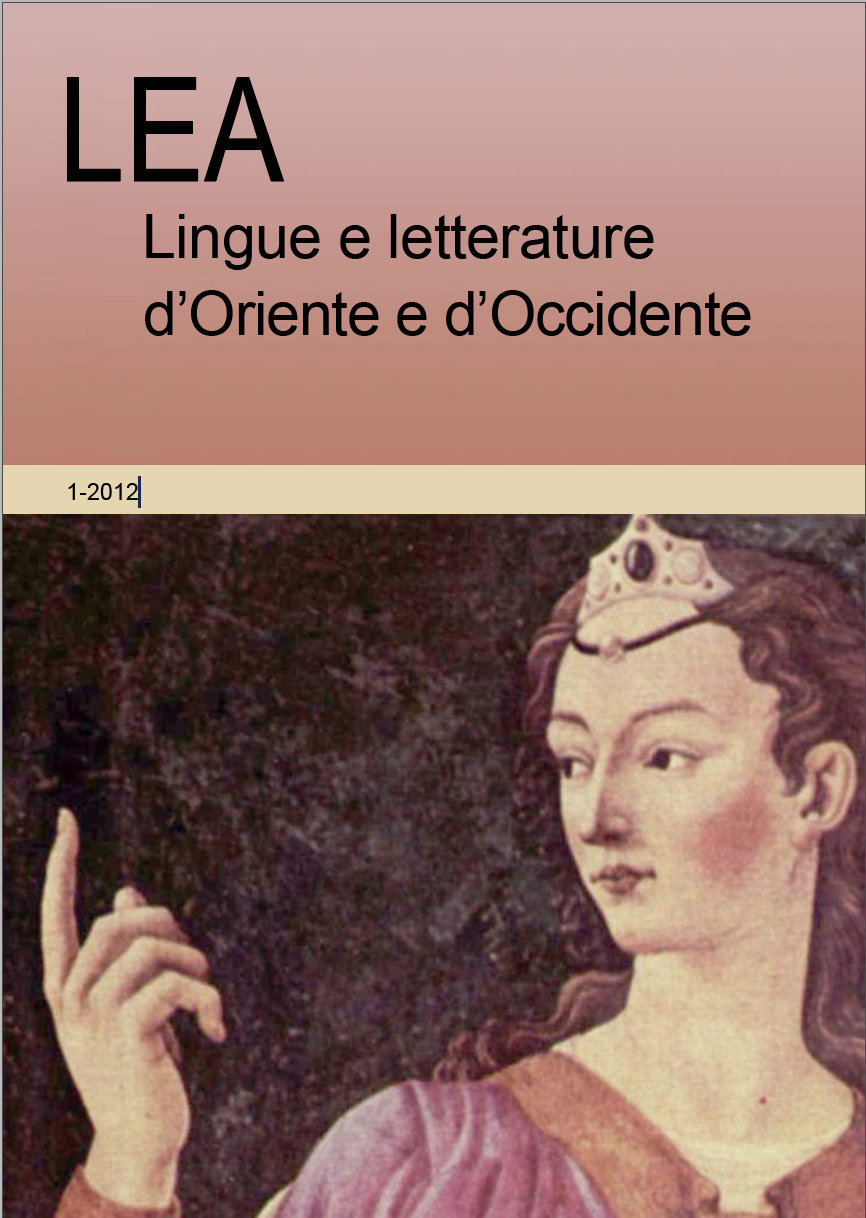Su alcuni meccanismi della formazione dei significati polivalenti e contradditori nella poesia di Jüri Üdi/Juhan Viiding sull’esempio della raccolta “In chiaro estone” (1974)*
Published 2013-03-08
Keywords
- contexture,
- stylistic and rhetorical consciousness,
- trope,
- subversive rhetoric
Abstract
The aim of the present article is to discuss some meaning generating mechanisms of the Estonian poet Juhan Viiding (1948-1995), taking as an example his collection Selges eesti keeles (“In clear Estonian”, 1974). The collection belongs to the first phase of Viiding’s work written under the pseudonym Jüri Üdi (George Marrow). Üdi/Viiding’s poetic consciousness during this phase is predominantly rhetorical (to use J. Lotman’s term) in general and subversive in particular. The trope of Viiding is that of uniting seemingly irreconcilable spheres within a poetic context which yields unexpected possibilities of interpretation. This kind of poetics questions both language and the communicative act with all its components (Jakobson’s model). It appears that none of them are fixed before the act itself and that also after it we are dealing, in Üdi/Viiding’s poetics, with different time-spaces which some particular tropes and the many-faced I-position incoherently unite. One of the main issues of this article is the question of translatability (Benjamin), especially in connection with the process of translation and re-translation between image and word, which results in shifting contexts (Lotman, Bal’s reading of Benjamin). Therefore rather than offering interpretations of Üdi/Viiding’s texts, this article attempts to explain some peculiarities of their rhetorical structure.



